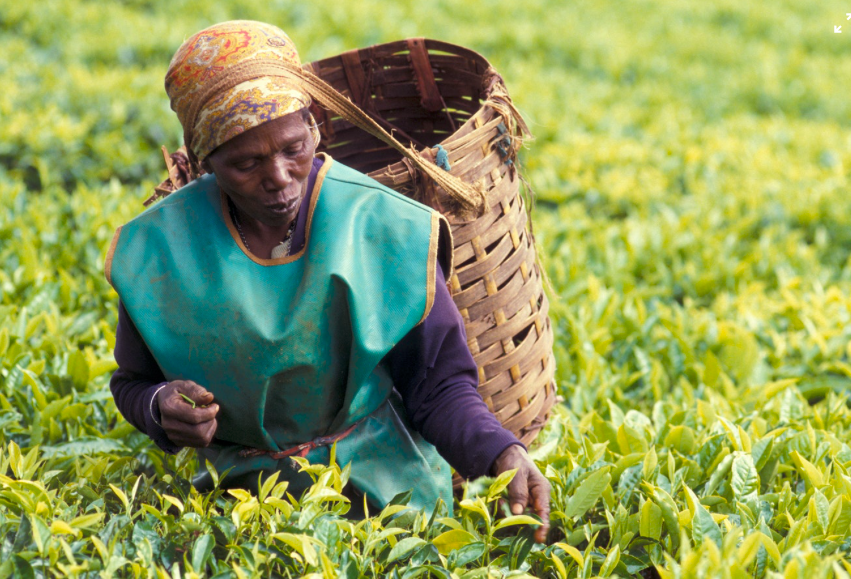I recently traveled to the highlands of Peru. Every woman I met there seemed to be doing something with wool: spinning it, or knitting or crocheting skirts, sweaters, and scarves. I was fascinated by the activity, as a sometimes knitter myself, but when I asked to take pictures of them they reacted with confusion at my interest. In their minds, they were not doing anything remarkable or picture worthy, just the daily work they needed to get done.
I see this everywhere I go. Women are almost always working, even if I’m distracting them by gathering them for group discussions, interviews, or meetings. To them, working while participating is utterly unremarkable. In Ghana, they might be shelling beans. In the remote region of Karamoja in Uganda they might be dividing up posho, and leaving the group intermittently to cook lunch. Everywhere, women are breastfeeding babies or soothing toddlers.
When I’m not interrupting their days these women are, of course, doing much more. Women usually describe days that start before sunup and end long after their husbands and children have gone to bed. They cook, they collect water and firewood, they care for the children. They make cheese, or they make shawls, or they fix clothes. They work in the fields and in their kitchen gardens, or they haul water, dirt, and stones in small-scale mines.
This is not to say men don’t work. They do. But they don’t work in the constant, noticeable way of women. A project I visited in Kenya conducted an exercise with men and women to measure the differences in how they work. They were both asked to describe a typical day, using a clock. When they saw the results, the men were all shocked by how much the women were working. While the men were working too, they were getting up hours later, taking time during the day to relax or see friends, and going to sleep right after dinner while their wives cleaned and prepared for the next day.
You will rarely see women relaxing, or gathering in groups the way men do.
That’s why uniting women in groups can be so powerful.
Meeting with groups of women around the world is one of my favorite parts of my job. Often, just gathering them together to talk about their lives is, for them, an unusual, powerful event. While I try to ensure that these meetings aren’t taking away from their responsibilities, interviews are often still a chance for them to take a pause from their lives and to gather with and learn from each other.
And that’s just interviews. Where projects focus on creating women’s groups, the dividends can be much more powerful.
Last month I visited two projects working in mining areas—one in Peru run by ALAC, and our own Starting with Women project in Uganda. Although in many ways these places are very different, there are some commonalities: both projects are in mining areas, both are in the poorest areas of their countries, and both focus on empowering groups.
And both projects have had some similar, promising, yet still anecdotal results. Women, even in mixed groups of both men and women, are speaking up more. They are better able to control their income. When their husbands understood the tangible benefits of the group, domestic violence went down.
There is strong evidence to support what we have learned anecdotally. Women’s self-help groups have positive, statistically significant effects on women’s empowerment. And this may be true globally. The 2019 World Bank Women, Business, and the Law report found that women’s rights advocacy groups have played a key role in driving reforms that increased gender equality in laws affecting work.[
When women support each other, and have the space to learn together and from each other, they are much more likely to have control over their bodies, their income, their assets, and their lives. They are more likely to have options when faced with difficulties and are more likely to be able to assure a good life for themselves and their families. We know that collaborating for change takes time, from people who don’t have a lot of it to spare. In our work with our partners, we aim to help make sure the foundations are in place so that women can assert and enforce their rights to land—just one piece of a much larger puzzle towards achieving gender equality.

